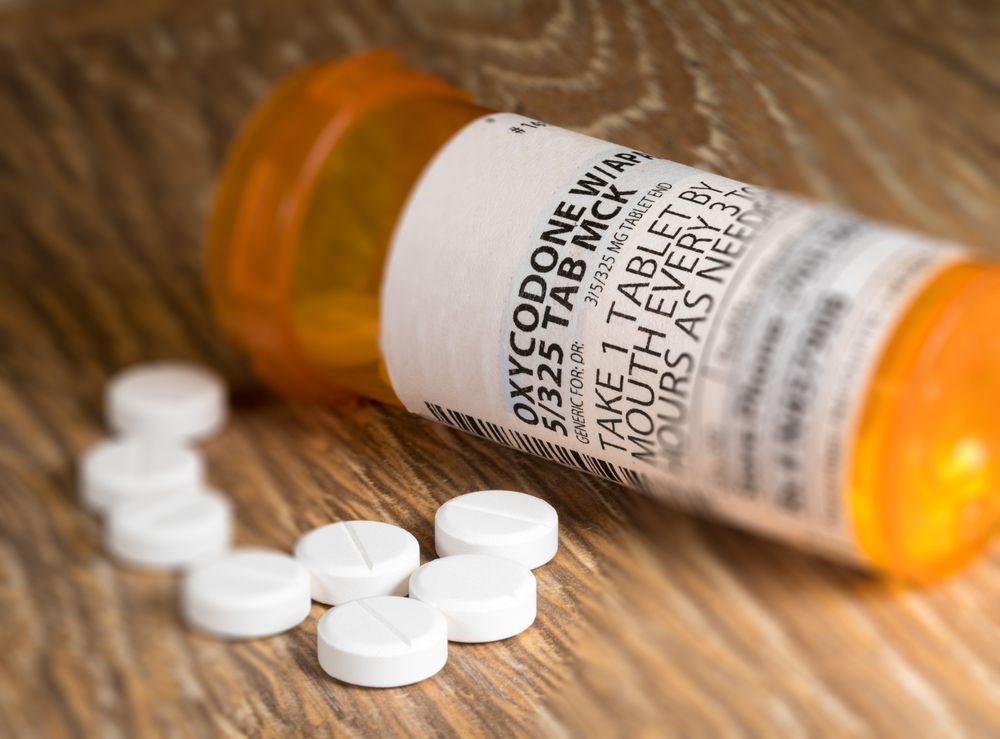Opioids post-cesarean: Predicting use after discharge
Reviewing a patient’s intake of opioids after cesarean may help optimize pain management post-discharge, according to results of a new study.

Reviewing a patient’s intake of opioids after cesarean may help optimize pain management post-discharge, according to results of a new study. The findings, published in Annals of Family Medicine, suggest individuals who take more opioids 24 hours immediately prior to discharge are more likely to use the drugs in the 4 weeks thereafter.
The hypothesis for the research, performed by authors from Colorado, was that patient characteristics, procedural characteristics, or both would be associated with high versus low opioid use after discharge. For the prospective cohort study, they quantified opioid use for 4 weeks following hospital discharge after cesarean delivery. Data from health records were used to identify predischarge characteristics. Weekly questionnaires administered to patients were the source of information on post-discharge opioid use.
Methods
A total of 233 patients were enrolled in the study, 203 of whom (87.1%) completed at least one questionnaire and were included in the analyses. Of the participants, 96.3% completed all four questionnaires.
The authors dichotomized total opioid use over the 4 weeks post-discharge into high use (> 75 MMEs) and low use (≤75 MMEs), with 75 MME representing the equivalent of 10 oxycodone 5-mg tablets. That cutoff was recommended by experts as the upper limit for opioid prescriptions following discharge after a cesarean delivery.
The researchers also looked at the amount of unused opioids, post-discharge use of acetaminophen and nonsteroidal anti-inflammatory drugs, PROMIS scores for post-discharge pain, reasons for not taking any opioids, and opioid storage and disposal practices.
Findings
Of the patients, 113 were high users of opioids and 90 were lower users of opioids after discharge. The group reporting low opioid use used on average 44% fewer opioids in the 24 hours before discharge compared with the group reporting high opioid use (mean = 33.0 vs. 59.3 MEs, P< 0.001). Only a minority of patients (11.4% to 15.8%) stored leftover opioids in a locked location, and just 31 patients disposed of leftover opioids.
“In our cohort alone, there were 1,805 leftover opioid pills, averaging 9 pills per patient,” said the authors. “Merely 4% of patients reported disposing of their leftover opioid pills, resulting in 1,462 pills stored unlocked in the homes of patients in this study.”
Conclusions
Commenting on their results, the researchers concluded, “Knowledge of predischarge opioid use can be useful as a tool to inform individualized opioid prescriptions, help optimize nonopioid analgesia, and reduce opioid use.”
Buprenorphine use in pregnancy linked to decreased fetal breathing movements
May 18th 2024According to a poster presented at ACOG 2024, use of the synthetic opioid buprenorphine depressed fetal breathing in biophysical profile assessments, but had no significant impact on other factors like amniotic fluid index or fetal tone.
Read More
Laparoscopic RFA linked to enhanced pregnancy outcomes in uterine fibroid patients
May 18th 2024A recent study presented at the 2024 ACOG Clinical and Scientific Meeting reveals that laparoscopic radiofrequency ablation significantly improves pregnancy outcomes for women with uterine leiomyomas.
Read More
Identifying gaps in syphilis treatment and prenatal care among pregnant individuals
May 17th 2024Preventing congenital syphilis comes down to quick diagnosis and treatment of the infection in pregnancy, and the number of missed opportunities to do so in the United States continues to grow.
Read More
